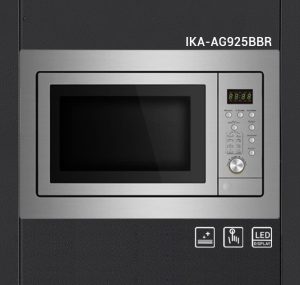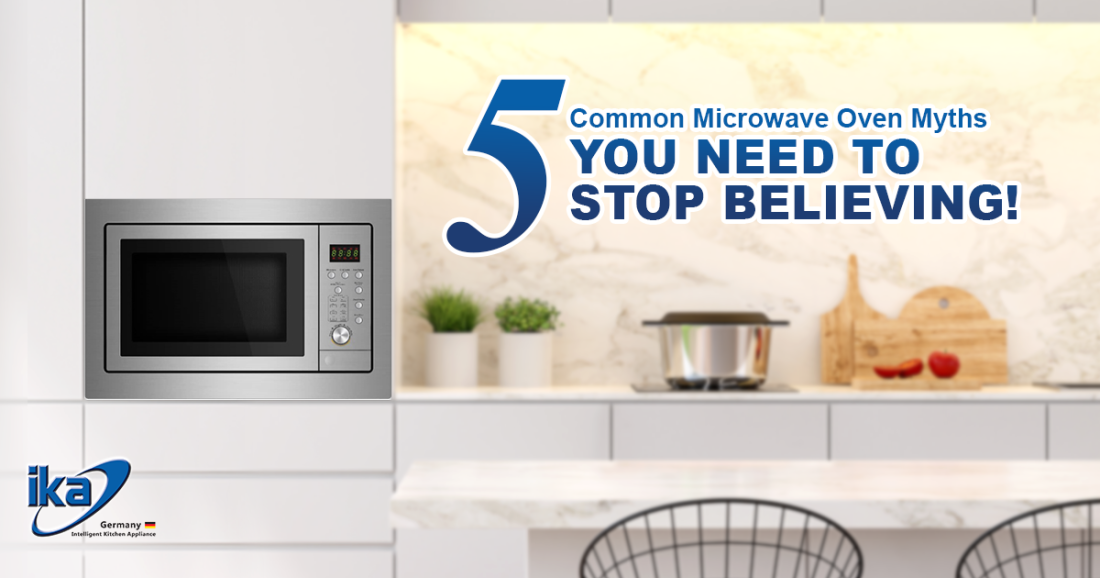5 Common Microwave Oven Myths You Need to Stop Believing!
Microwave ovens are one of the most popular kitchen appliances, used by millions of people worldwide. They are a convenient and efficient way to cook or reheat food, saving time and energy. However, there are several myths about microwave ovens that have been circulating for years. In this article, we’ll debunk five of the most common myths about microwave ovens.
 Myth 1: Microwaves are harmful to your health
Myth 1: Microwaves are harmful to your health
One of the most persistent myths about microwave ovens is that they emit harmful radiation that can harm your health. In reality, the microwaves used in ovens are a type of non-ionizing radiation that is safe for human consumption. They do not make food radioactive or cause cancer, as some people believe. The microwaves only heat the food by exciting the water molecules in it, making it warm or hot.
Myth 2: Microwaving food destroys its nutrients
Another common myth about microwave ovens is that they destroy the nutrients in food, making it less healthy. However, this is not entirely true. While it is true that some nutrients, such as vitamin C, can break down when exposed to heat, this can happen with any form of cooking, not just microwaving. In fact, because microwaving is a quick and efficient cooking method, it can help preserve the nutrients in food by reducing the amount of time they are exposed to heat.
Myth 3: Microwaving food in plastic containers is dangerous
Many people believe that microwaving food in plastic containers can release harmful chemicals into the food, leading to health problems. While it is true that some plastics can release chemicals when heated, most plastic containers made for microwaving are safe to use. Look for containers labeled “microwave safe” or “food safe,” and avoid using old or damaged plastic containers that may have cracks or scratches.
Myth 4: Microwaving metal objects can cause explosions
This myth is partly true. Microwaving metal objects can indeed cause sparks and even fires, as the metal reflects the microwaves and creates an electrical current. However, most modern microwaves are equipped with safety features that prevent this from happening. To be safe, never put metal objects in your microwave, including aluminum foil, metal utensils, or even dishes with metallic rims.
Myth 5: Microwaving food changes its taste and texture
Some people believe that microwaving food can make it taste and feel different from other cooking methods. While it is true that microwaving can sometimes result in uneven heating, causing some parts of the food to be overcooked or undercooked, this can be easily remedied by stirring or flipping the food halfway through cooking. Additionally, with proper cooking times and techniques, microwaving can actually enhance the flavor and texture of some foods, such as steaming vegetables or reheating pizza.
In conclusion, microwave ovens are a safe and convenient way to cook and reheat food. While there are some myths and misconceptions about their safety and potential health risks, studies and experts have consistently found that when used according to manufacturer instructions, microwave ovens are a safe and effective kitchen appliance. It is important to note that microwave radiation is non-ionizing and does not have enough energy to damage DNA or cause cancer, contrary to some popular beliefs. However, as with any kitchen appliance, it is important to follow safety guidelines to prevent accidents and ensure optimal performance.

